double sided rigid foam insulation
I am trying to insulate my family room as much as I can. I have packed cellulose in 2×6 studs and I was going to add 2″ foil faced rigid insulation along the interior of the studs- sheathing and siding are existing.
I bought double sided foil faced rigid boards. I meant to buy single sided faced insulation. I live in New England- can I use the double sided foil insulation?
thanks
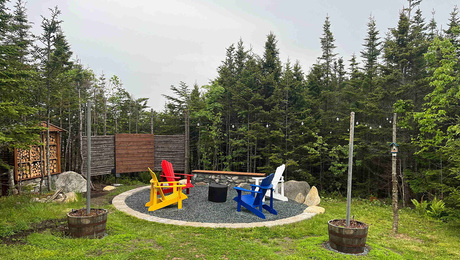
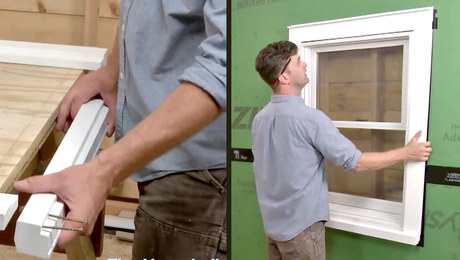
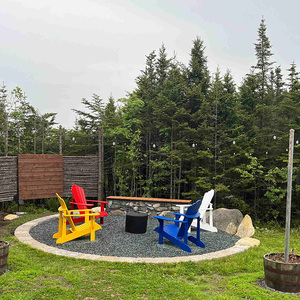
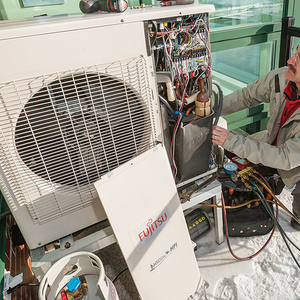
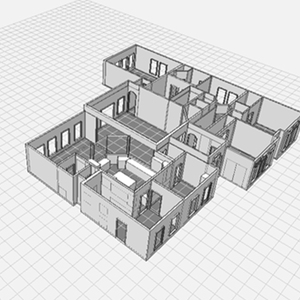




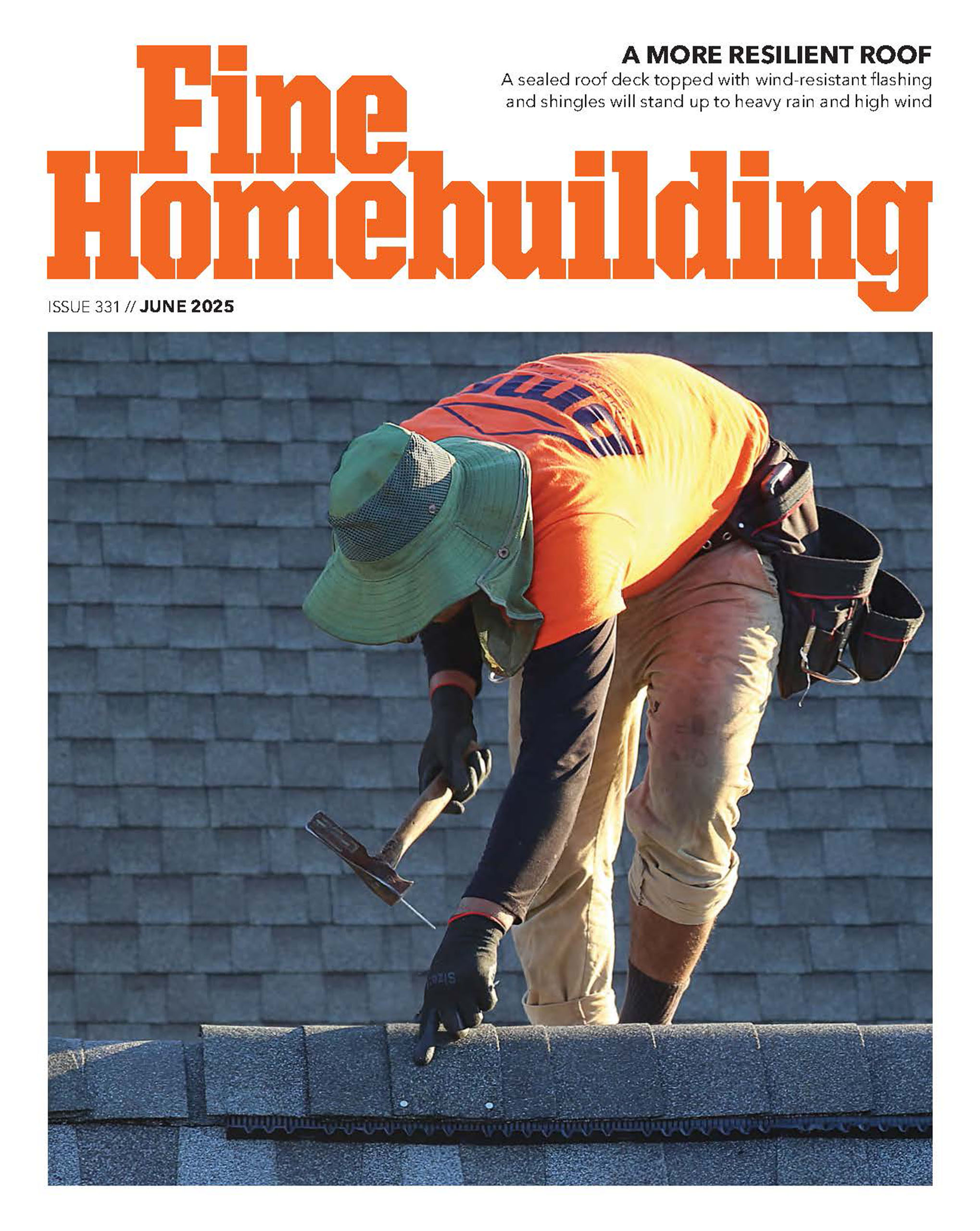









Replies
I don't think there will be a problem ... the biggest issue you will have is the detailing ... outlets, etc. Adding rigid is simple in concept, but the devil is in the associated detailing. Are you drywalling the entire inside or do you have only exterior walls stripped?
I'm drywalling inside, I guess I have to cut out for boxes in the rigid foam. Also trim, I was going to put up 2x3s around doors and windows so I have something to trim out the windows. It is a pain- would be better on the outside- I just don't have that option.
I was worried about moisture and mold with double sided foil inside the walls.
I disagree w/ the theory that it will cause condensation in the wall as well.
Details on the exterior aren't necessarily any easier, I don't think. Doors will/may have to be rehinged, too. LOTS to think about. Likely more details to deal w/ than you might think.
Not a good idea. Foam on the inside is known to cause moisture to condense inside the wall, as you have lowered the temperature inside the wall. Better to have it on the exterior.
"Foam on the inside is known to cause moisture to condense inside the wall, as you have lowered the temperature inside the wall. Better to have it on the exterior."I disagree. He's in New England, a heating climate, and this is foil-faced foam we're talking. That foil is a complete vapor barrier and should not be on the outside. If he has his 2x6 wall insulated inside the foam layer with a vapor-permeable insulation, he won't be warm enough anyway at the inside of the foil-foam.But then I wouldn't put the foil-foam on the inside either. That is much like the problem with having vinyl wallpaper inside, or even a poly vapor barrier, a situation sometimes associated with mold inside the wall cavity. As BuildingScience.com advises, retard the diffusion of water vapor into the cavity (and seal the cavity to convective air flow), but don't trap water vapor in there. In some mixed-climate situations, the water vapor or absorbed water in the cavity may have to dry to the interior at times.For the OP: do you have brick or other reservoir-type cladding outside the house? And do you have A/C for cooling the inside in hot humid weather?
The person I spoke with regarding the rigid advised putting it inside the studs- he does studied and teaches building sciences. He thought moisture would be a bigger issue if the rigid foam was on the outside. I have regular ply for sheathing, house wrap and than pine clapboard siding. with 1 coat of stain.
There is plastic over the studs to contain the cellulose-
I don't have aircondition and in the winter we will heat mostly with a masonry stove, steam radiators as back up.
Insulation and moisture barriers are a compromise between summer and winter. The barrier should be on the warm side of the building. Of course in most cases that varies throughout the year. If one looks at ICFs the insulation is both on the inside and outside. In some cases tilt up construction has insulation in the middle of two concrete sections.EIFS uses insulation on the outside.
Edited 6/17/2008 8:59 am by gb93433
Dick, I think the reality here is that it is not going to get installed on the outside in any case. But foam is such a good insulator that when put on the inside of the studs it reduces the temps inside the cavity to the point where water vapor will condense.
Whether or not this becomes a problem depends on alot of factors, ventilation, use of humidifiers, how much cooking, laundry and showers are used.
From what I understand, when foam is used on the exterior, the cavity stays much warmer, above the dew point in almost all climates, therefore no condensation.
Also, the only foil faced foam I'm familiar with has perforations on the inside layer of foil, only the outside is solid.
Building Science Corp. also calls this type wall (with foam outside) one of the best type walls for residential construction.
Rich
I owe you an apology--I didn't understand what you were saying and now after reading your last post, it makes sense. Cold air from outside in winter would cool the stud cavities because the foam on inside would insulate too well and keep heat out of cavities. Interesting. It is sort of counter to everything else I've read, but Building Science seems to know what it's talking about....
Danno, recently there was a good article online here about upgrading old homes for less energy use written by one of the principals of Building Science Corp. Check it out.
Rich
Jon Blakemore is correct on the temperature profile issue, as it pertains to the possibility of condensing within the wall cavity. When the foam is installed on the inside of the cavity, the cold weather temperature profile will of course give colder temperatures within the cavity than if the foam is on the outside.But this will not cause condensation of any water vapor entering from the outside in winter, because the cavity will be warmer everywhere than the outside air temperature. There won't be any significant amount of water vapor entering the cavity from inside due to diffusion, whether the inside is that foil-faced foam or even just latex-painted drywall.Convective transport of water vapor into the wall cavity from the warm side is always the important mode of water transport into the cavity, and, yes, sealing the cavity is of critical importance. It's either that or build the old ways, with leaky walls (and high heating bills), so that the wall can dry out and so that the air inside never gets more moist than bone dry in the first place.I looked at the BS link Jon provided. It's nice to see that they finally added some new articles on the site. But anyway, near the front of that article, they give a good summary of the issue:"A point to this importance thing here, if you can’t keep the rain out don’t waste your time on the air. If you can’t keep the air out don’t waste your time on the vapor."As the OP pointed out, he doesn't have brick or similar cladding, and the house isn't airconditioned in summer. As Mike Maines pointed out, putting the foil-foam on the inside likely won't cause a problem in New England. If the wall cavity isn't well sealed against air leakage from the outside, then putting the foam outside probably may not cause a problem either, but the leakiness will counter the foam from a heat loss point of view.BS seems to advocate a particular style of wall design, and no doubt they work for the region a particular variation is proposed. I do think that other designs can be just as effective in achieving the overall goals, provided proper attention is given to matters of keeping liquid water out of the wall, stopping convective movement of air through it, and paying proper attention to movement of water vapor by diffusion and the ability of wall materials to buffer such diffusion.
How much moisture are you going to have in the exterior wall cavities? If the OP does a good job of air sealing, make that a great job, where will the moisture come from?
In a heating climate you have cool dry air on the exterior and warm moist air on the interior. The vapor drive will be from high temps to low temps and from high moisture to low moisture. So any moisture he does get in his wall cavity (from the exterior) will try to get back out.
Again, the OP has to make sure his exterior wall cavities are sealed off on so as to have virtually no air movement in from interior to exterior. This includes partition wall intersections, PL/HVAC/EL holes, gaps in the wall plates, everything that could leak.
Now that I've got that off of my chest, I decided to wander over to BuildingScience.com. They have a page entitled "The Perfect Wall". Well, at least they're not leaving us wondering if they like the wall section or not. I'm going to have to mull this over.
Jon Blakemore RappahannockINC.com Fredericksburg, VA
Jon, I agree air sealing is key, and very hard to do well. Thats why I like spray foam so much. No air movement means no moisture issues.
Rich
I disagree with the poster who said it is bad idea because it will lower the temp inside the wall and lead to condensation. This may be a concern if you are air conditioning and even then I doubt it. Vapor barrier should be on inside in a climate where you are most concerned with staying warm in winter than cool in summer, and has a fairly dry (not humid) climate. That appaers to be what you are doing. Furhtermore, from what I understand, cellulose will absorb some moisture (from water vapor that may get into it) and release it to the dry side (in your case, that will have to be the outside if you put the d.s. rigid insulation on in the inside).
Maybe see what others say. But I would say putting the foam on inside in your case is far better than putting it on outside. If you lived in Florida or someplace very humid, I would disagree with your proposal.
2" double sided is fine, inside is best in New England.